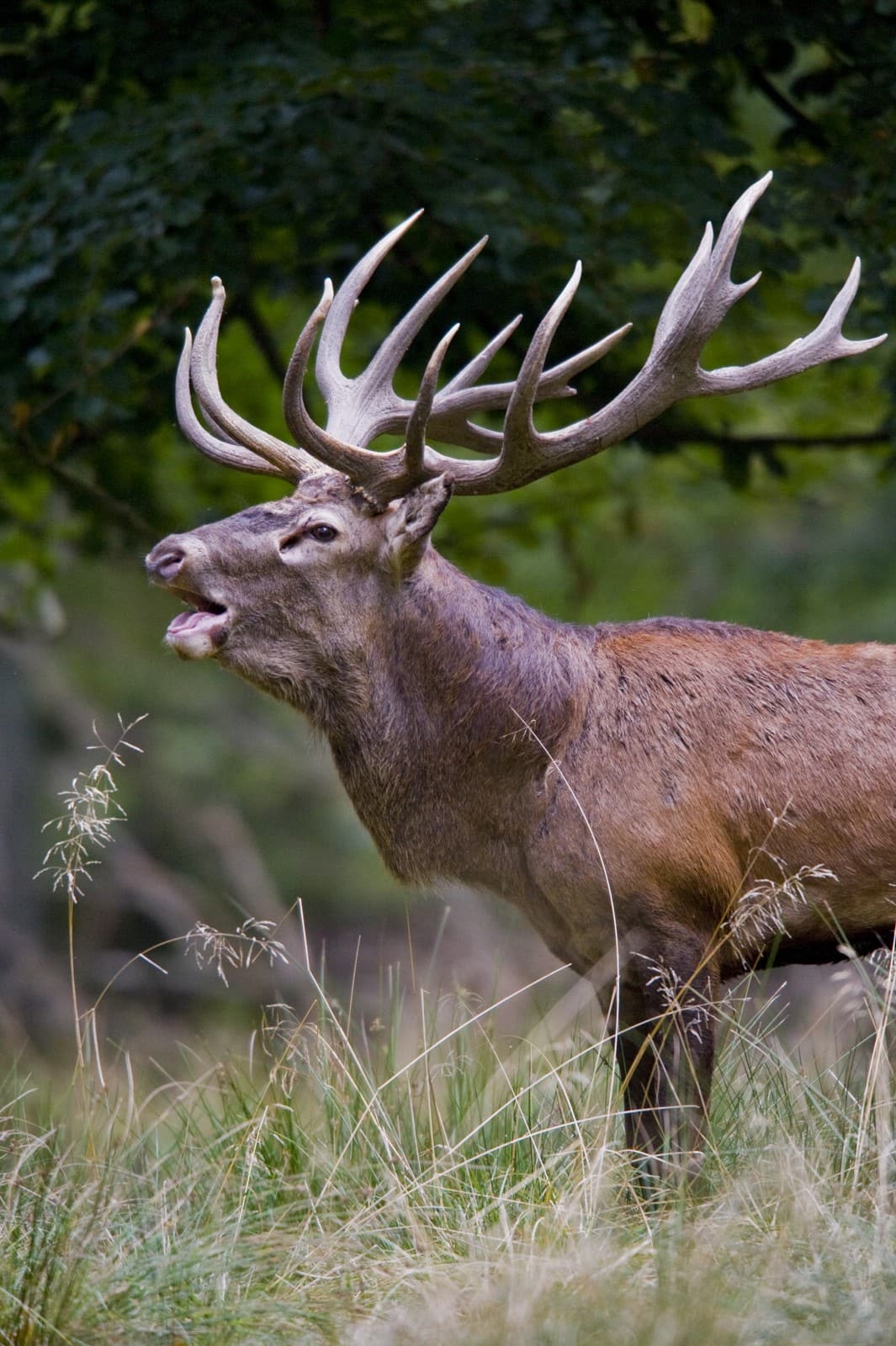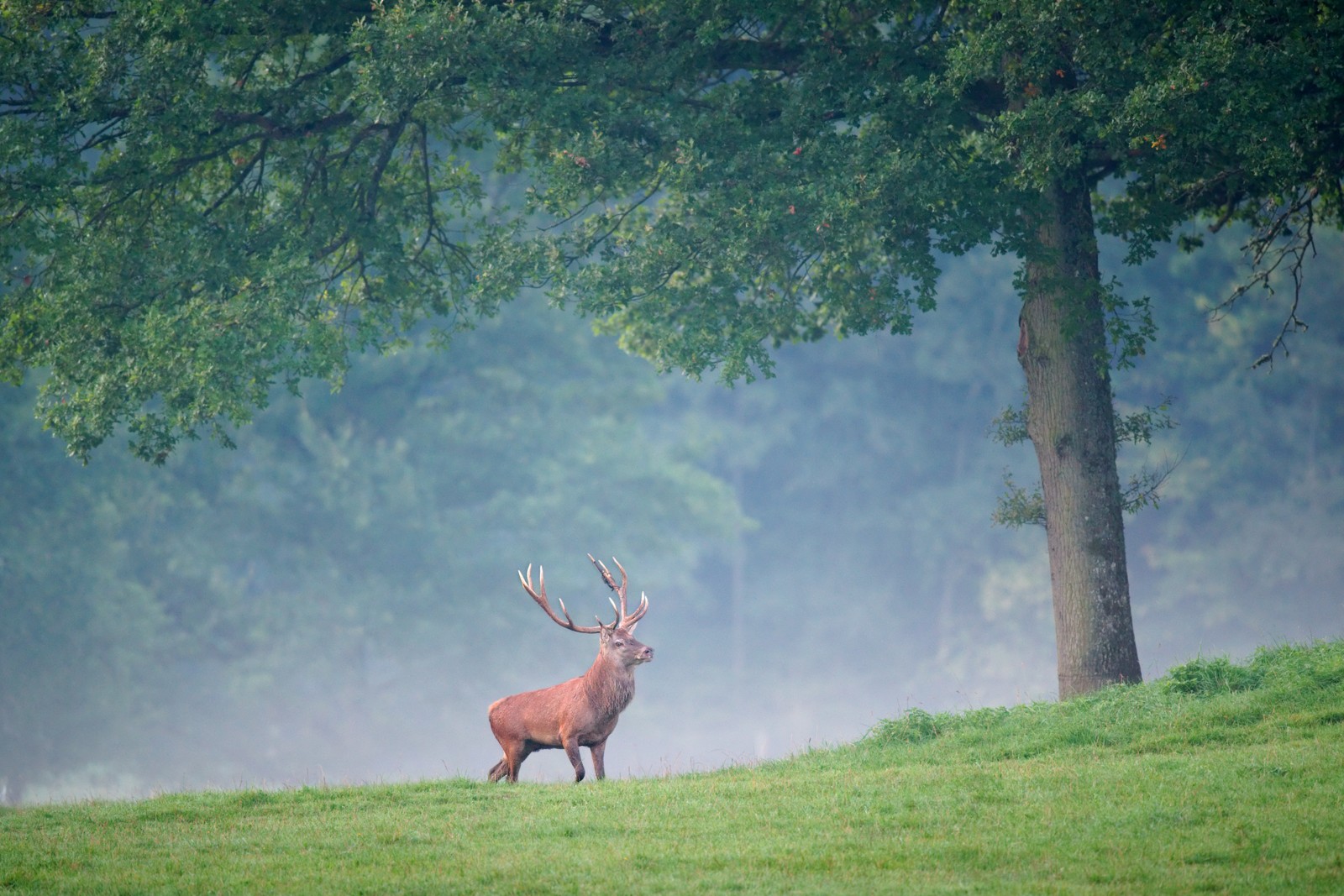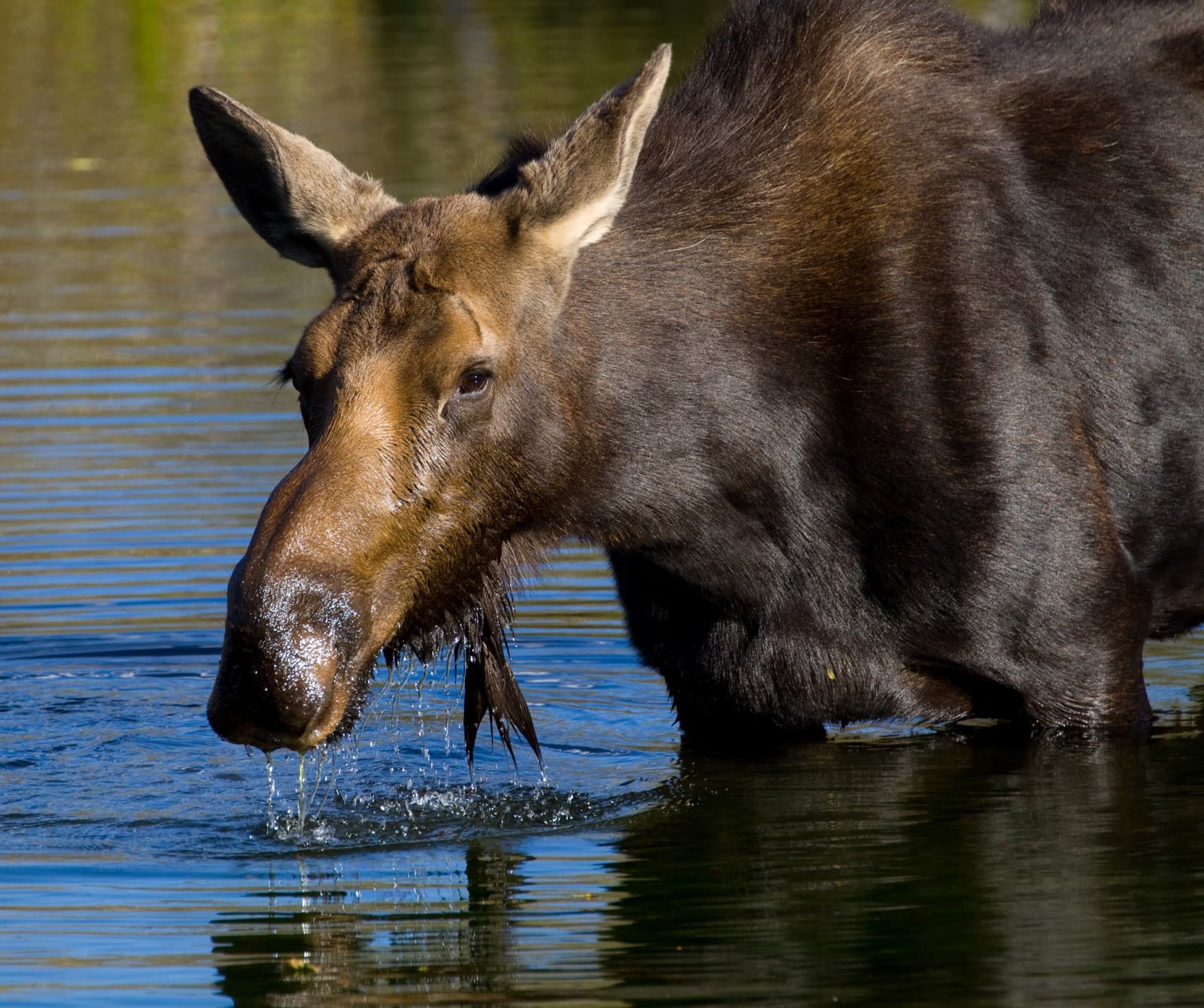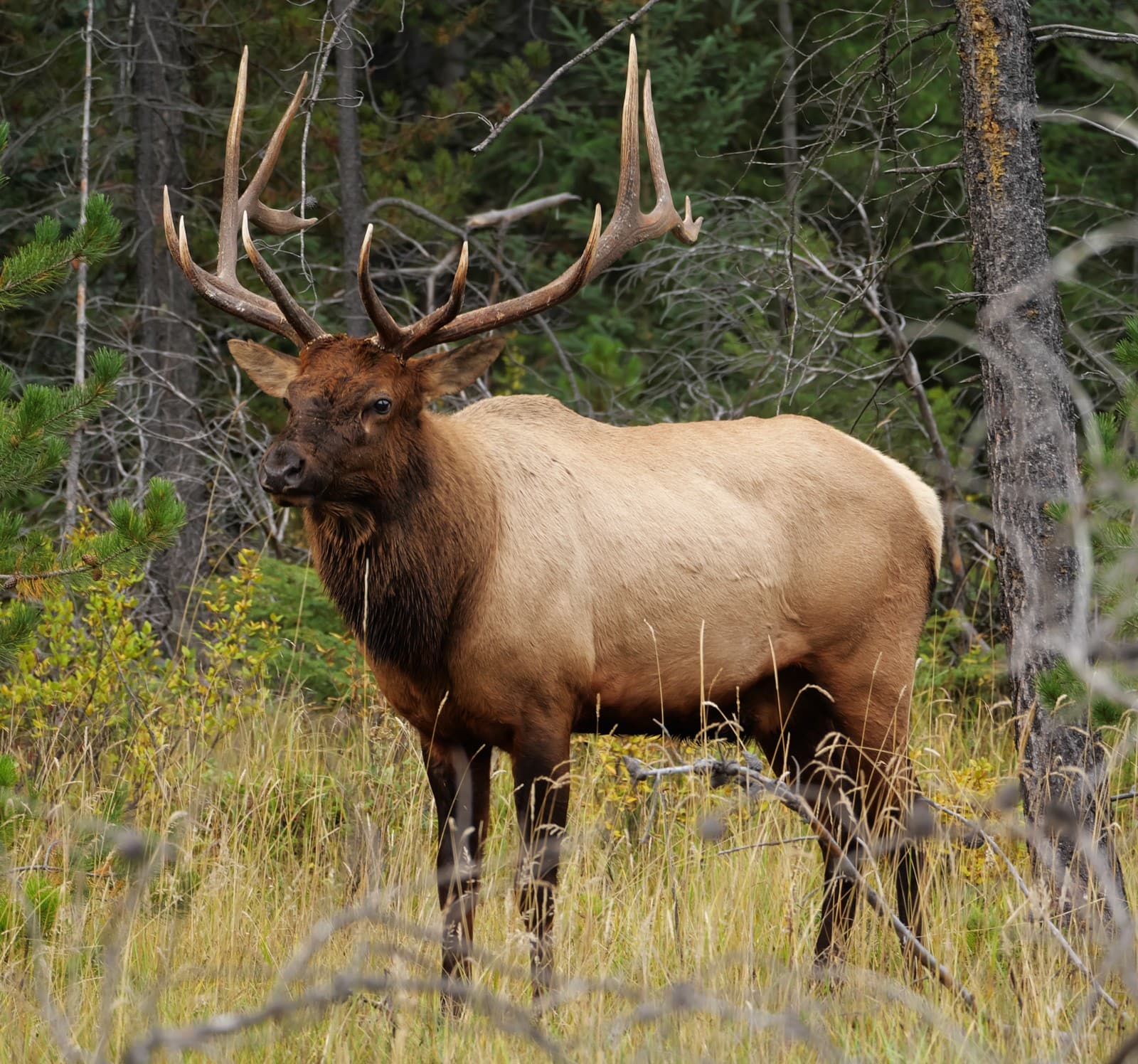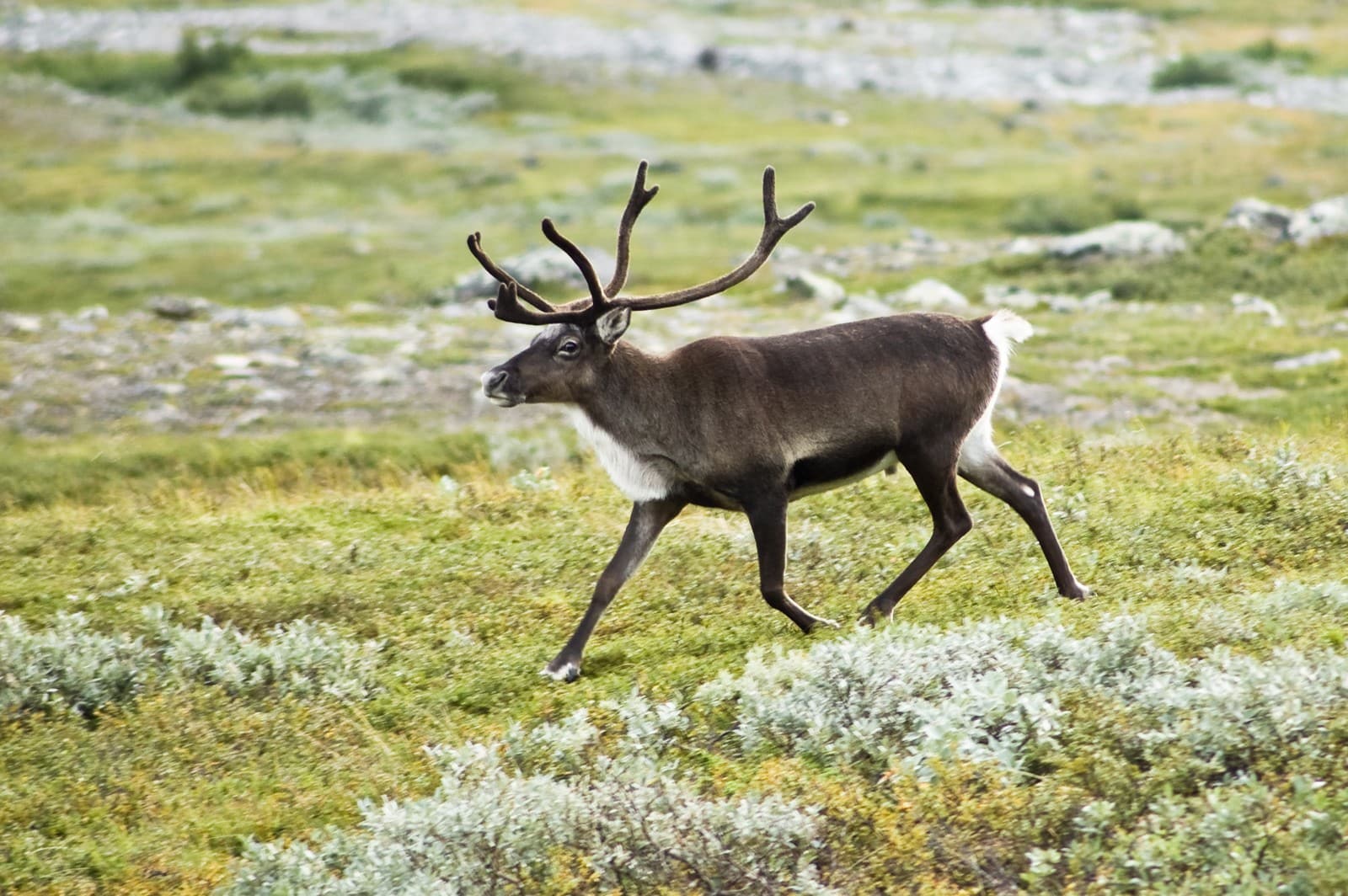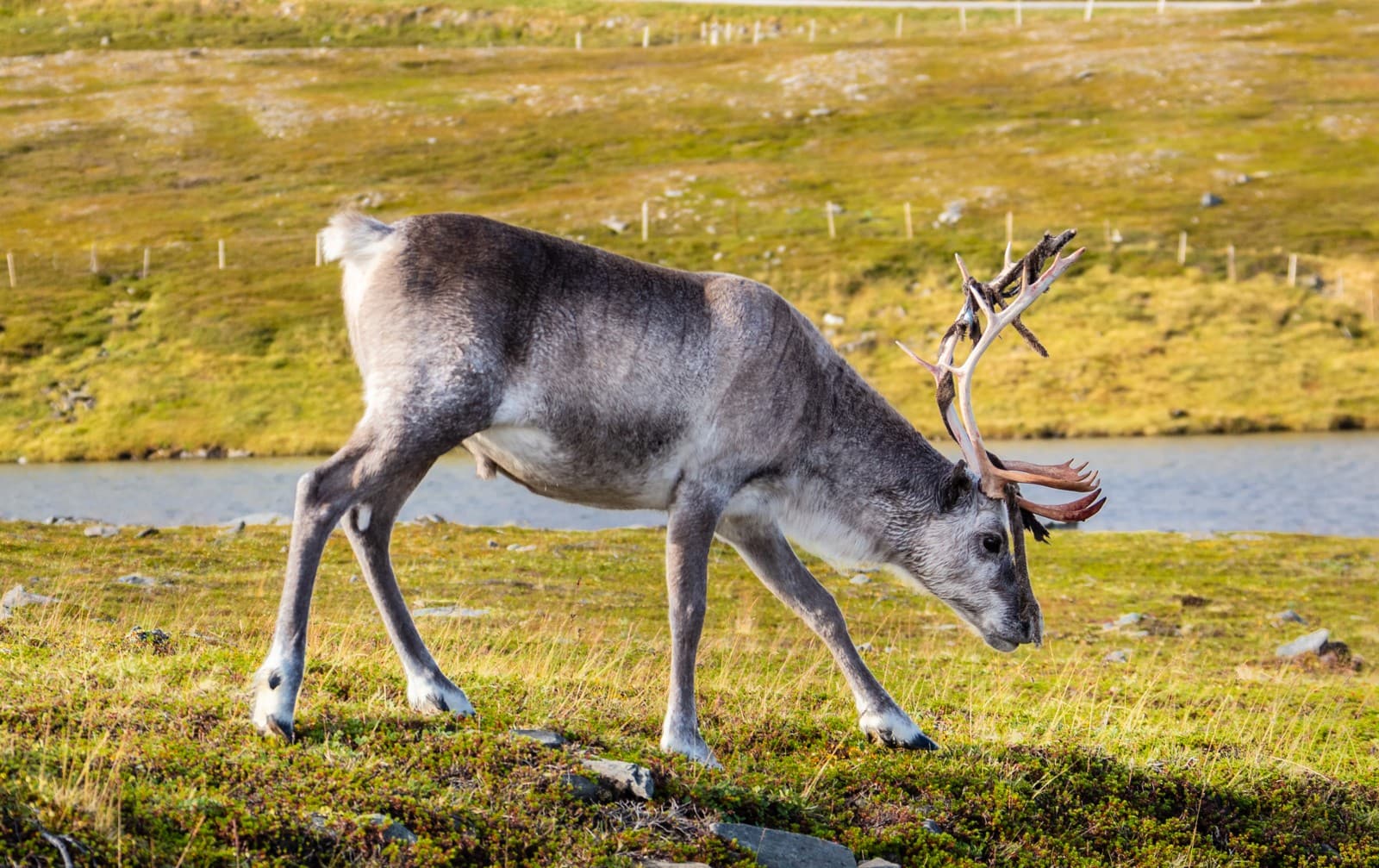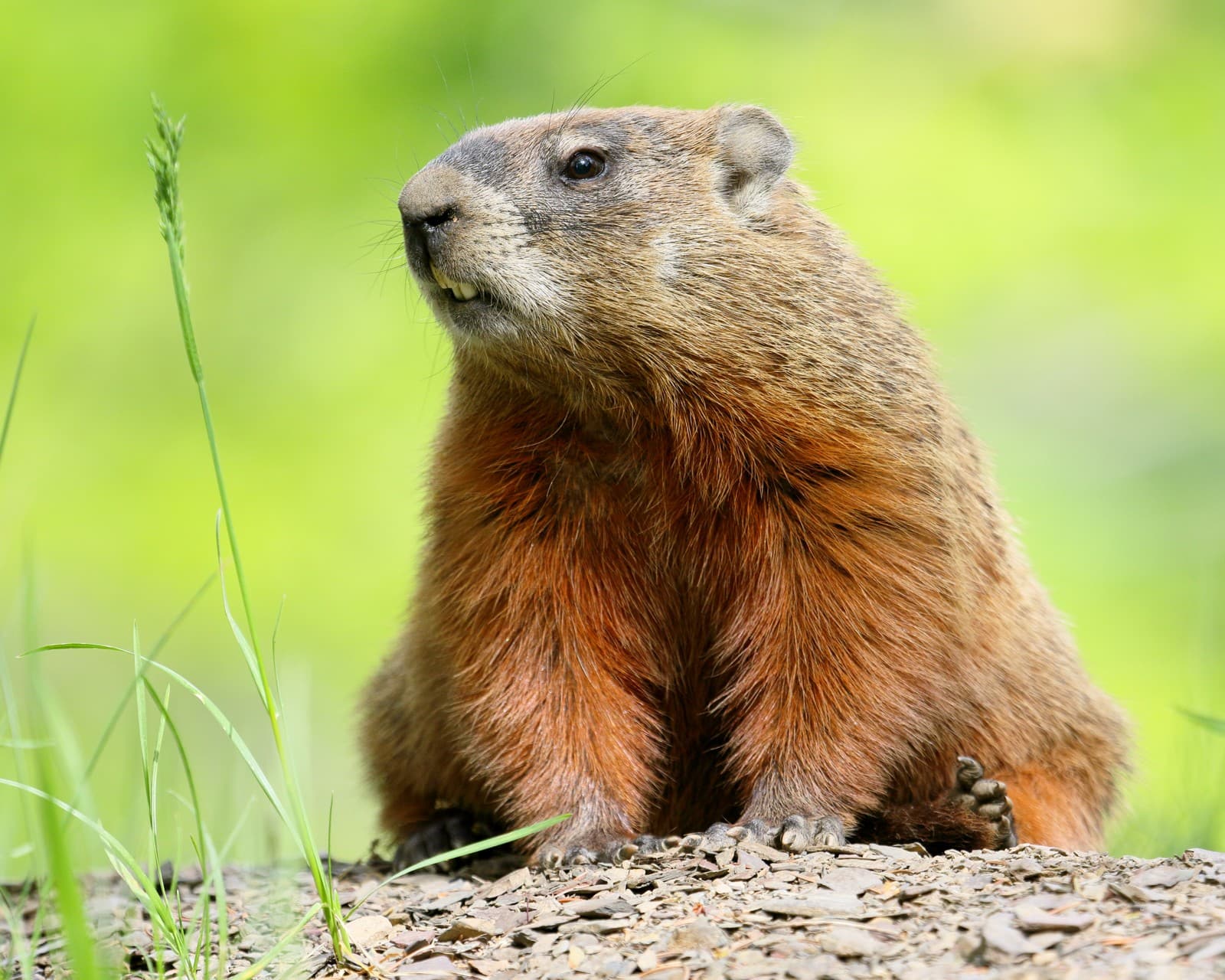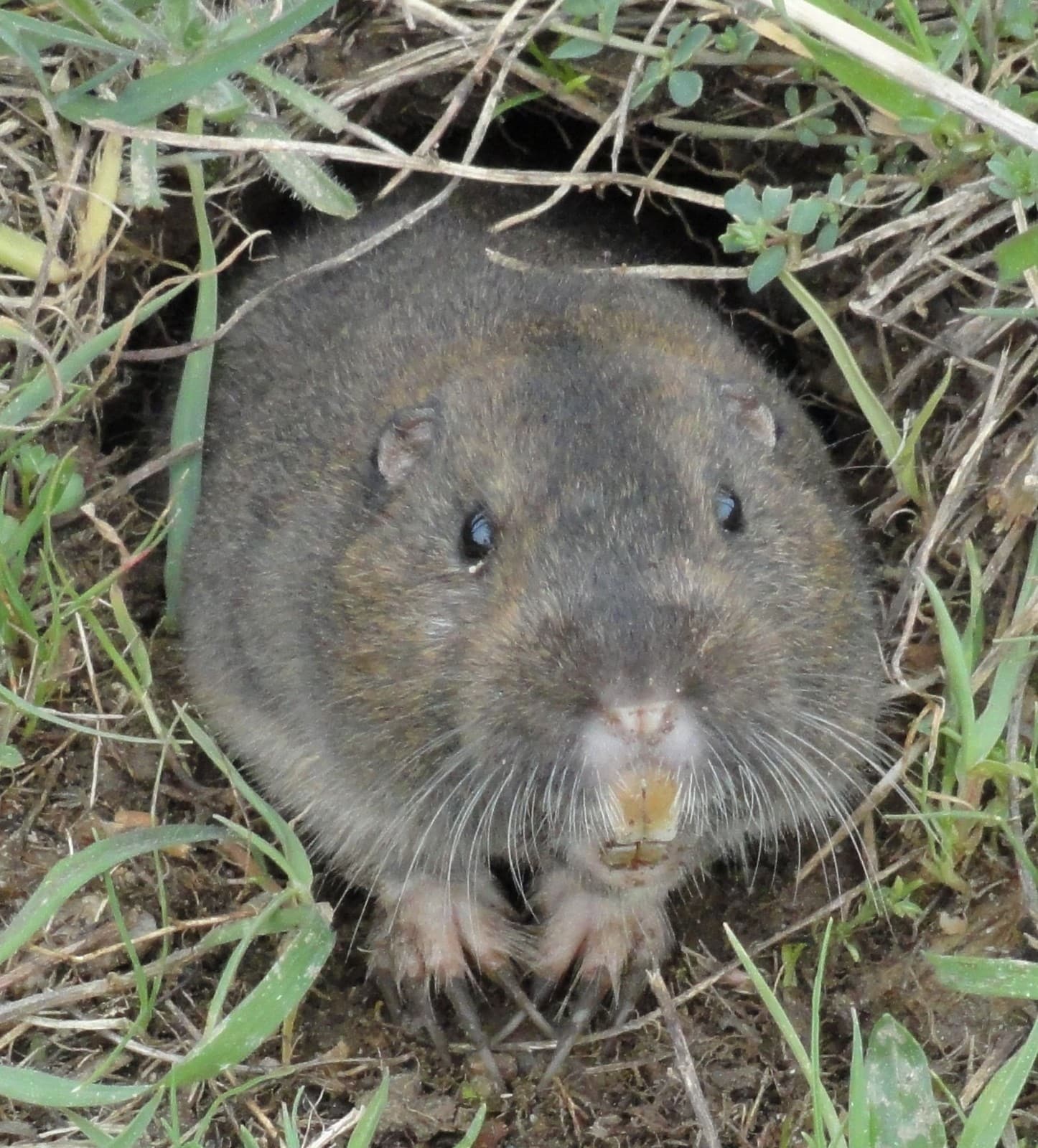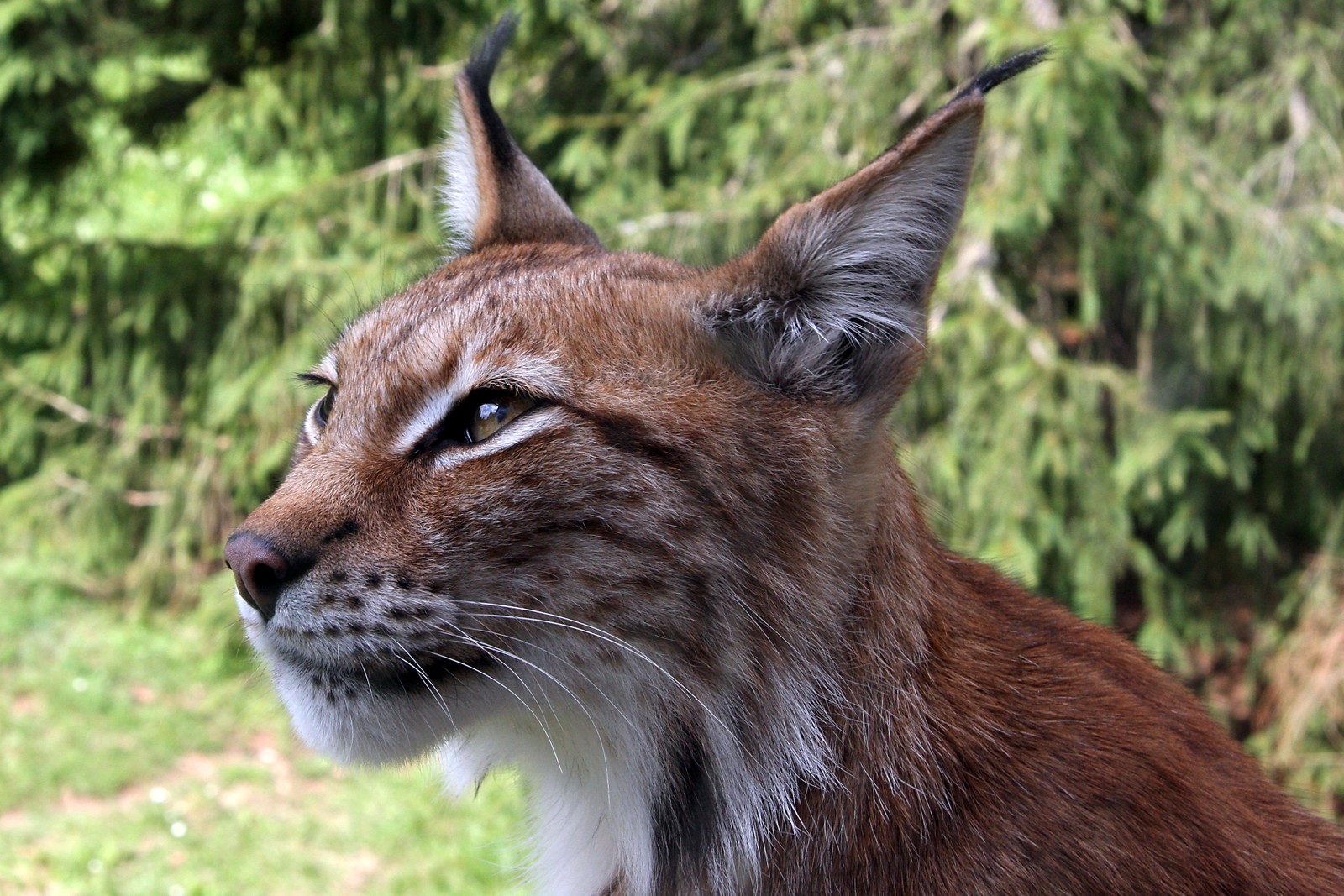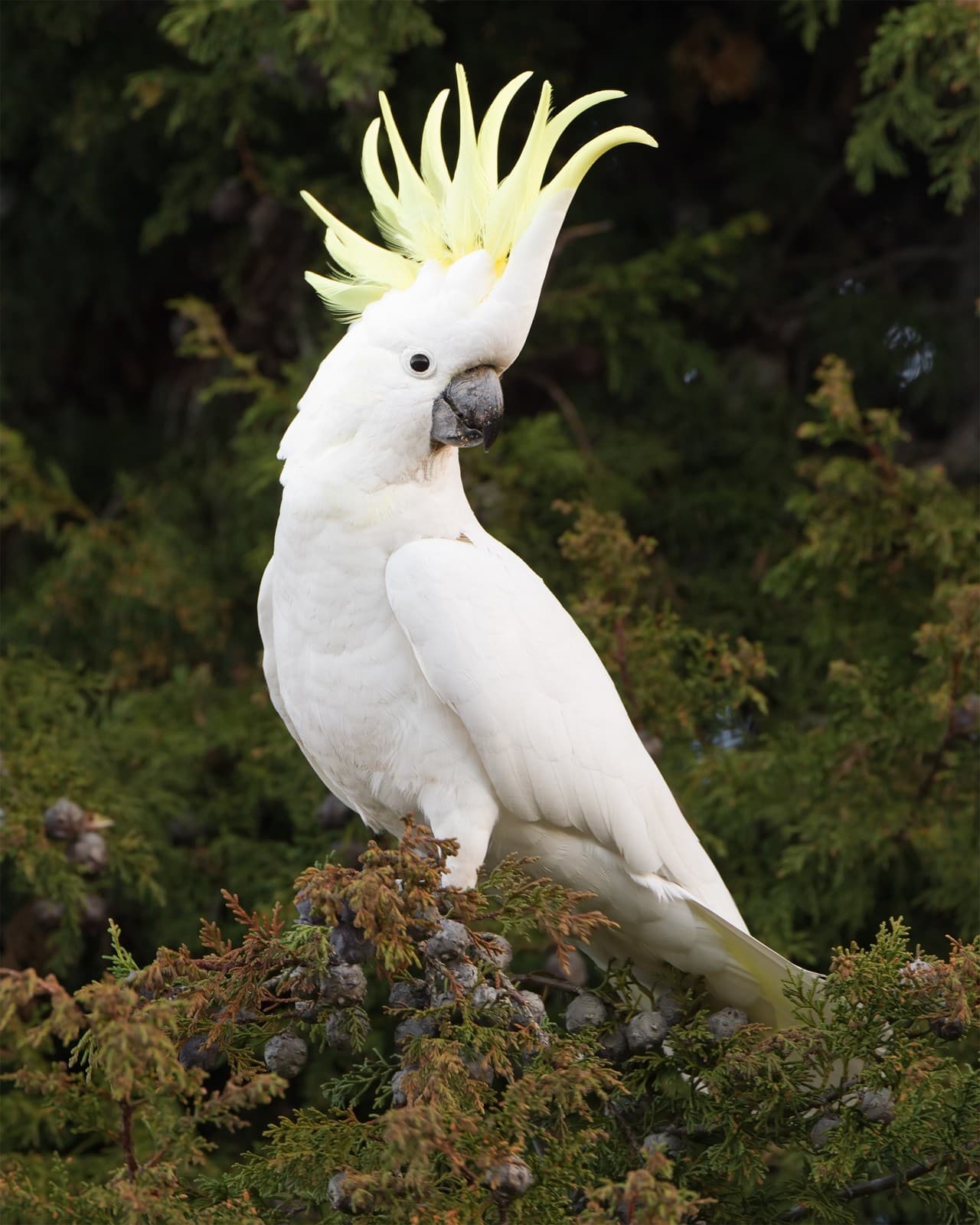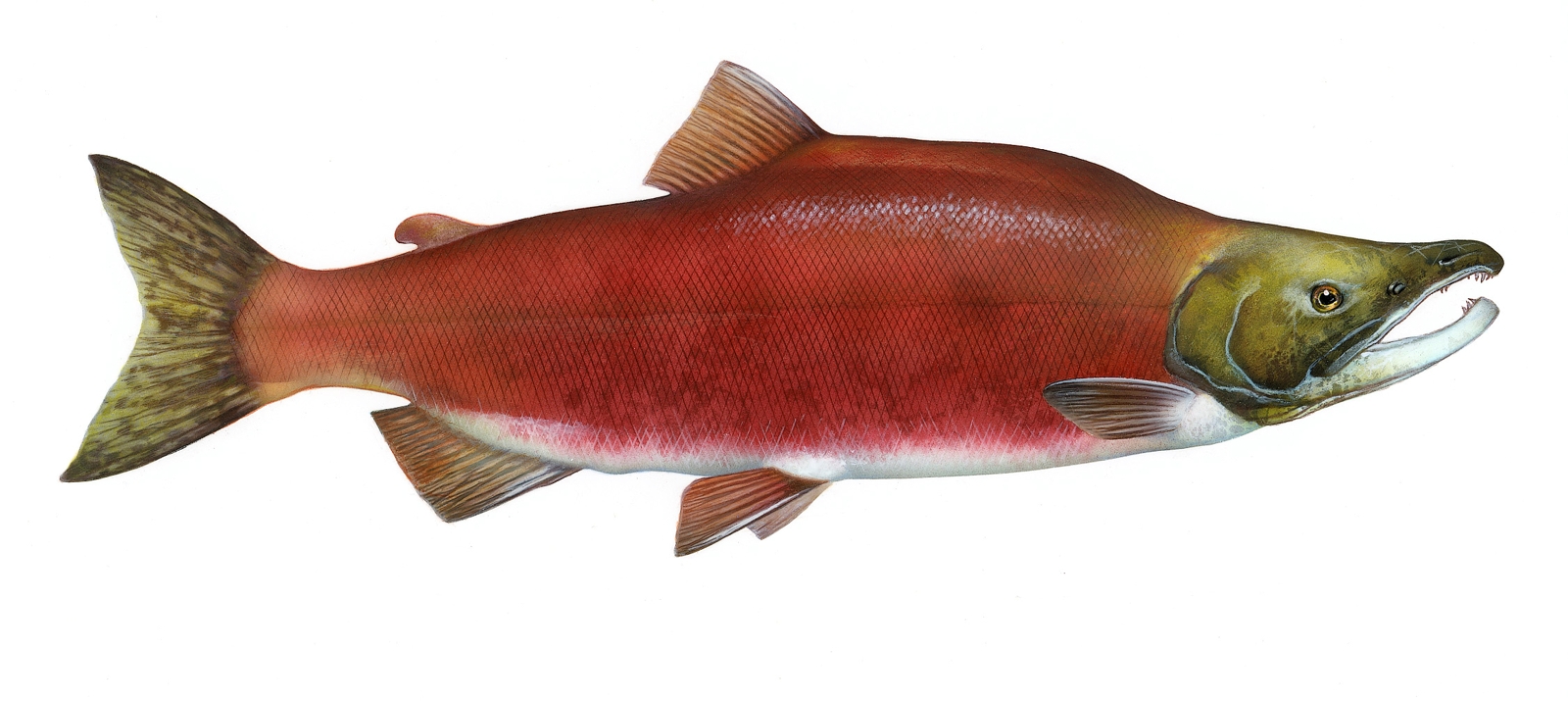Elk vs Caribou: A Complete Comparison
While Elk and Caribou both belong to the deer family (Cervidae), these magnificent ungulates exhibit distinct characteristics shaped by their unique environments. Elk (Cervus canadensis) are larger, with bulls weighing up to 730 pounds (331 kg), while Caribou (Rangifer tarandus) typically reach 400 pounds (181 kg). Perhaps the most striking difference is their habitat preference: Elk thrive in mixed woodlands and mountain meadows, while Caribou are supremely adapted to Arctic and subarctic conditions.
These North American giants diverge significantly in their social structures and seasonal behaviors. Elk form complex hierarchical herds with dominant bulls managing harems during mating season, whereas Caribou undertake some of the longest land-migrations of any terrestrial mammal, traveling up to 3,000 miles (4,828 km) annually in massive herds numbering thousands of individuals.
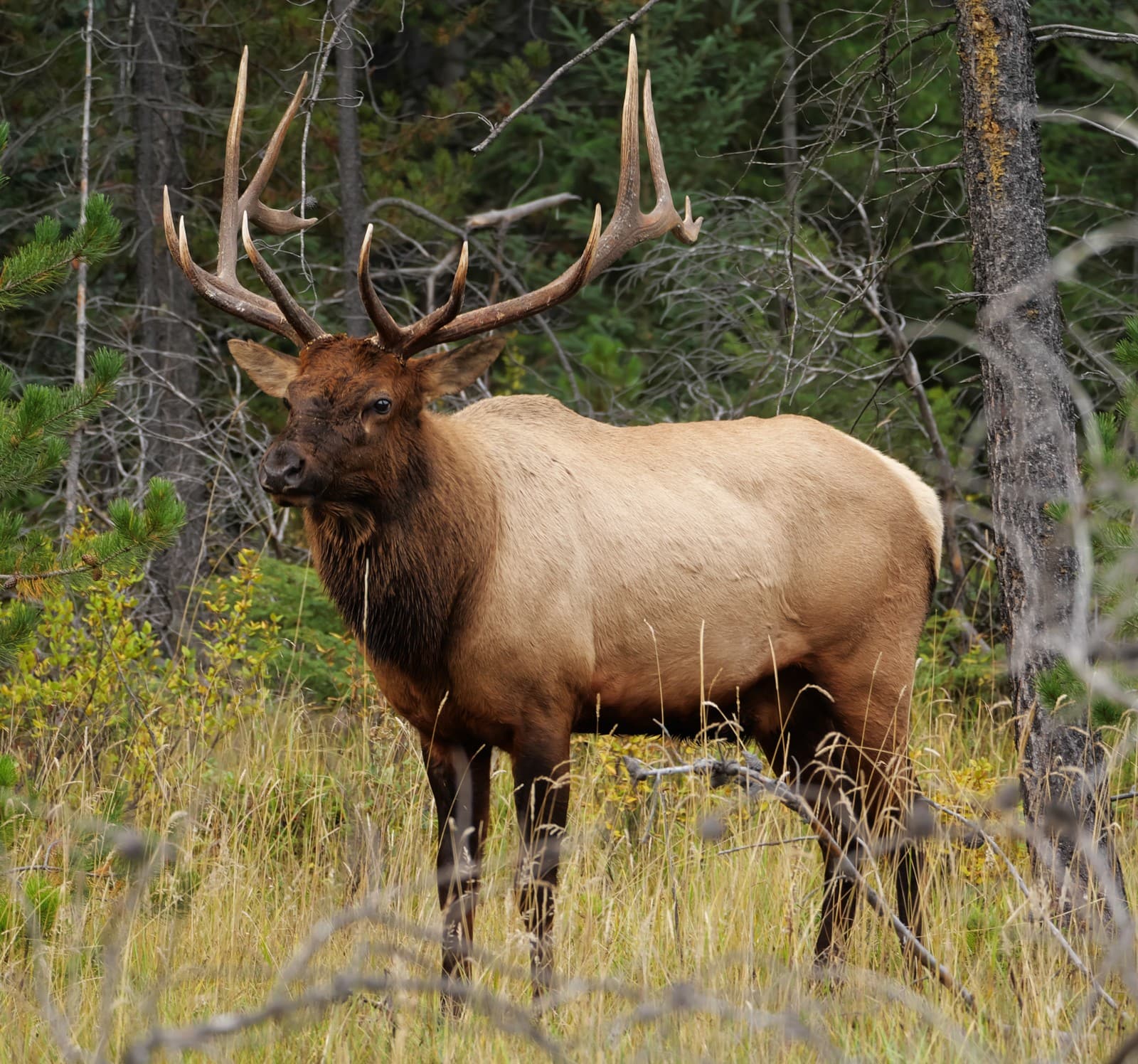
© Membeth / CC0
The Rocky Mountain Elk exemplifies the species’ characteristic features: robust build, distinctive cream-colored rump patch, and impressive antlers that can span up to 4 feet (1.2 meters) in mature bulls.
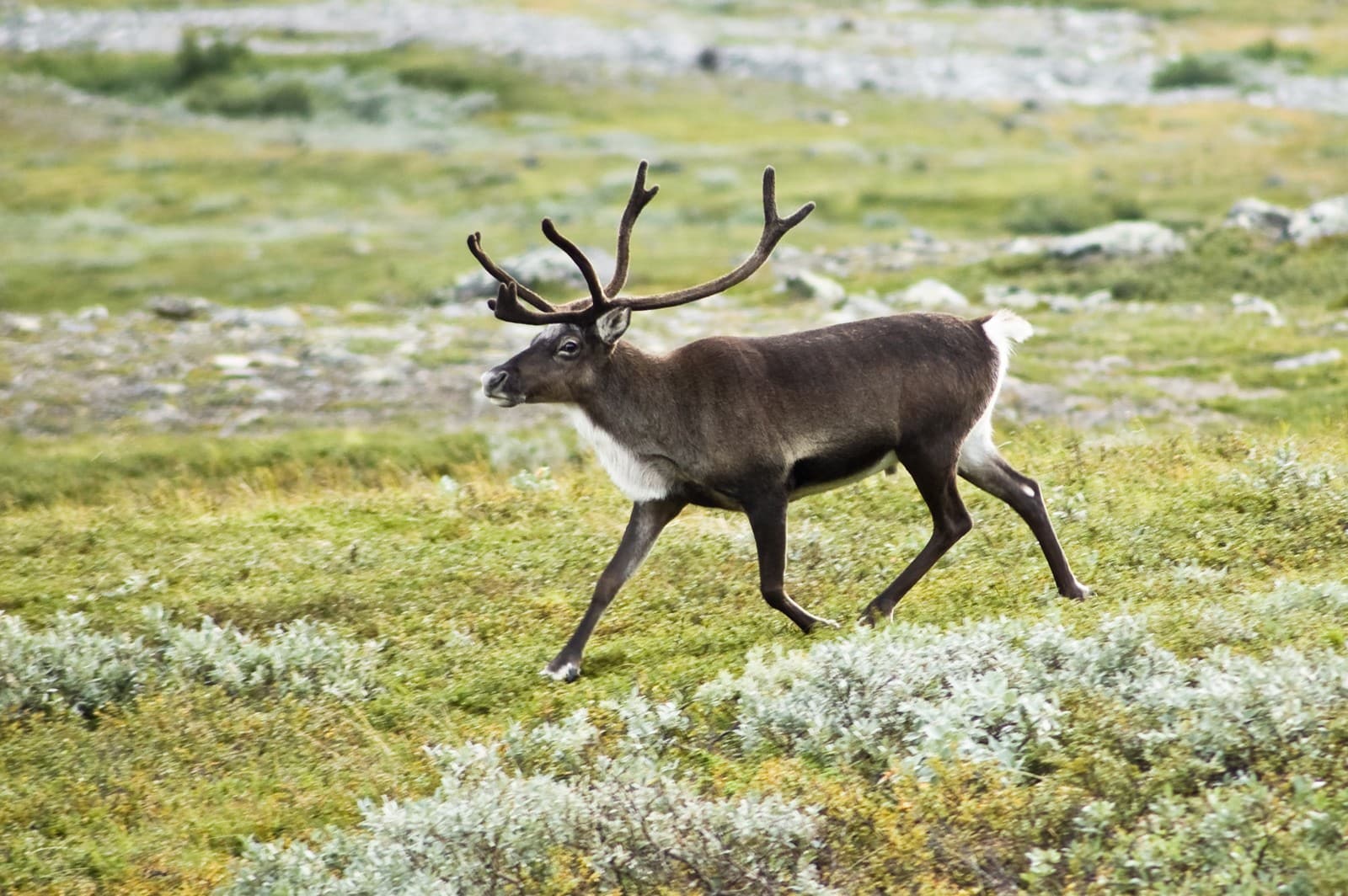
© Alexandre Buisse (Nattfodd) / CC BY-SA 3.0
Caribou demonstrate unique adaptations to Arctic life, including broad, crescent-shaped hooves that act as efficient snow shovels and natural snowshoes, enabling survival in harsh northern environments.
Key Differences: Elk vs Caribou Comparison
| Feature | Elk | Caribou |
|---|---|---|
| Size | Bulls: 700-730 lbs (317-331 kg) Cows: 500-530 lbs (227-240 kg) | Bulls: 350-400 lbs (159-181 kg) Cows: 180-260 lbs (82-118 kg) |
| Habitat | Mixed woodlands, mountain meadows, grasslands | Arctic tundra, boreal forests, mountain tundra |
| Antlers | Males only; typically 6-8 points per side | Both sexes; more curved and flattened design |
| Migration | Seasonal elevation changes | Long-distance tundra migrations |
| Diet | Grasses, herbs, leaves, bark | Lichens, sedges, mushrooms |
| Social Structure | Segregated herds, bull harems in rut | Large mixed-sex herds year-round |
Habitat and Range Differences
Elk and Caribou have evolved to occupy distinctly different ecological niches across North America. Elk prefer temperate and subtropical regions, ranging from southern Canada to northern Mexico, primarily in mountainous areas between 3,000-10,000 feet (914-3,048 meters) elevation. Caribou, conversely, are circumpolar, inhabiting Arctic and subarctic regions across Canada, Alaska, Greenland, and northern Europe (where they’re known as reindeer).
Physical Adaptations and Characteristics
Unique Features of Elk
- Distinctive two-toned coloring with dark head and neck
- Pale yellow rump patch
- Males develop thick manes during winter
- Antlers can weigh up to 40 pounds (18 kg)
- Specialized stomach allows digestion of tough vegetation
Unique Features of Caribou
- Both males and females grow antlers
- Specialized nose warms cold air before breathing
- Hollow hair provides superior insulation
- Clicking tendons in feet aid navigation
- Large hooves adapt for snow and soft tundra
Behavioral Differences
The most striking behavioral contrast between Elk vs Caribou lies in their migration patterns. While Elk make relatively short seasonal movements between elevations, Caribou undertake epic migrations spanning thousands of miles. These journeys represent the longest terrestrial migrations on Earth, with some herds traveling over 3,000 miles (4,828 km) annually.
Diet and Feeding Habits
Elk are primarily grazers, focusing on:
- Grasses and forbs in summer
- Woody plants and bark in winter
- Tree leaves and shoots in spring
- Agricultural crops when available
Caribou demonstrate more specialized feeding habits:
- Winter survival depends on lichens
- Summer diet includes willows and birch
- Mushrooms form important autumn food
- Specialized ability to digest lichens
Conservation Status and Threats
Both species face distinct conservation challenges. Elk populations have largely recovered from historical lows, though habitat fragmentation remains a concern. Caribou face more severe threats, including:
- Climate change affecting tundra habitat
- Industrial development disrupting migration routes
- Increasing predator populations
- Changes in vegetation patterns
Who Would Win in a Fight?
While such encounters rarely occur naturally due to separate ranges, in a theoretical matchup, an adult bull Elk would likely prevail over a Caribou due to:
- Superior size and weight advantage
- More massive and pointed antlers
- More aggressive temperament
- Stronger neck muscles for fighting
- Greater experience in territorial combat
However, this comparison is purely academic, as these species have evolved for different survival strategies rather than interspecific competition.

